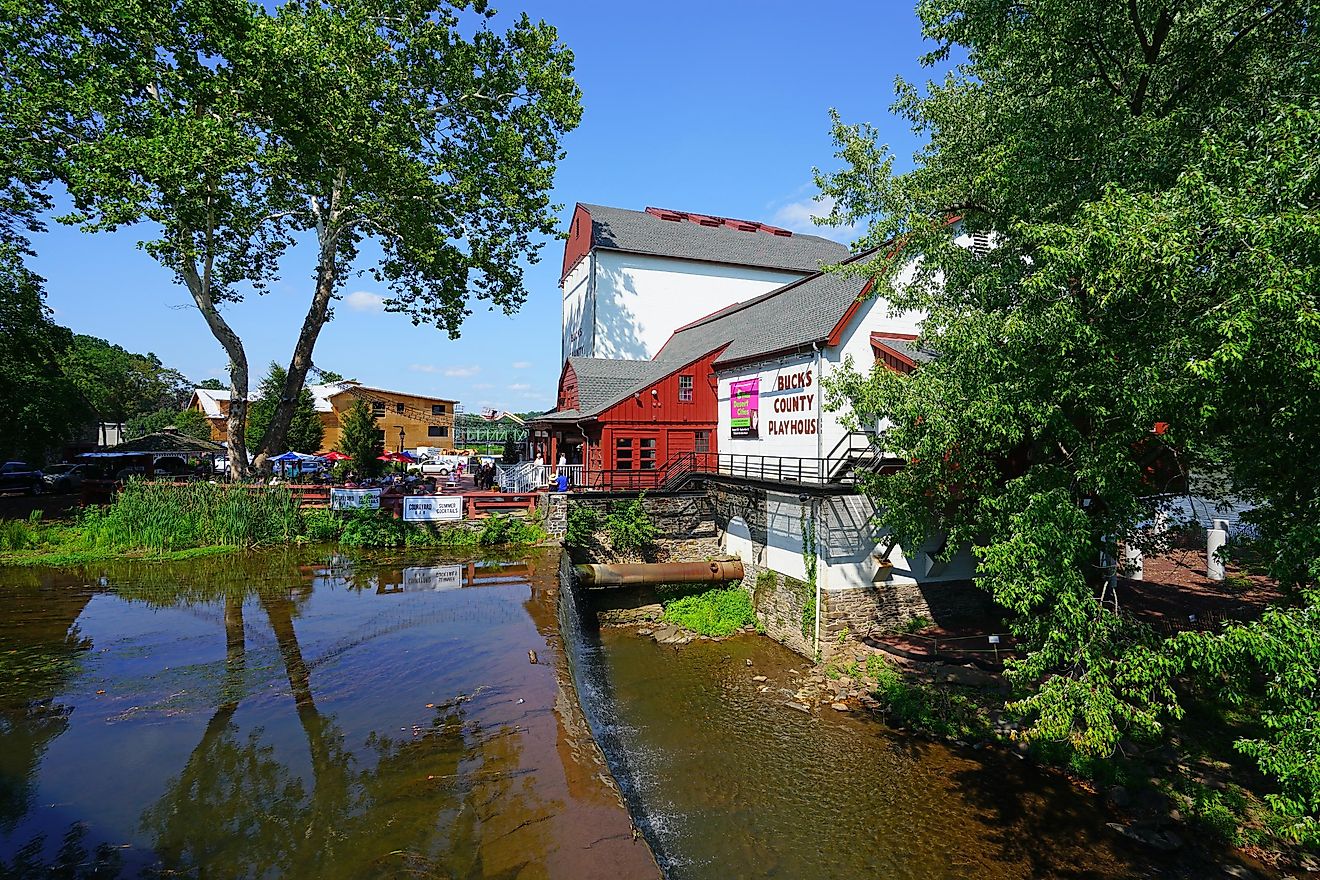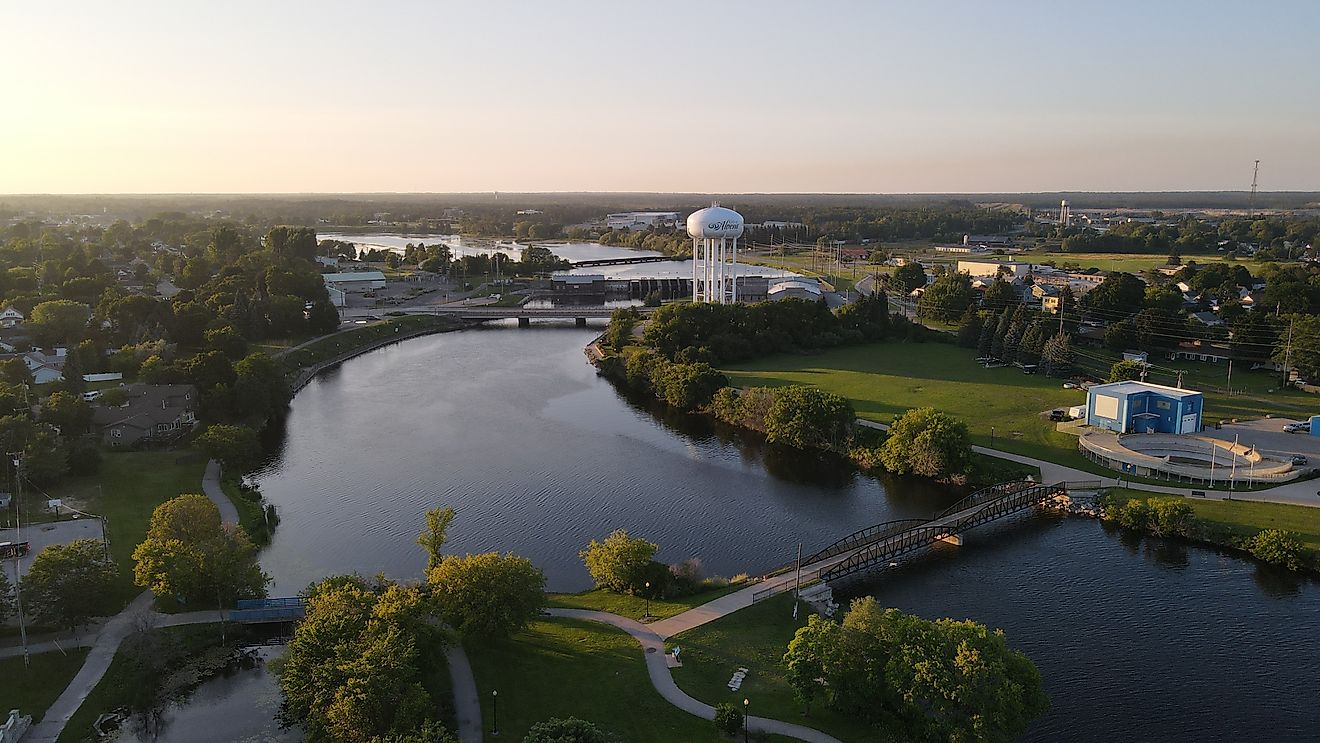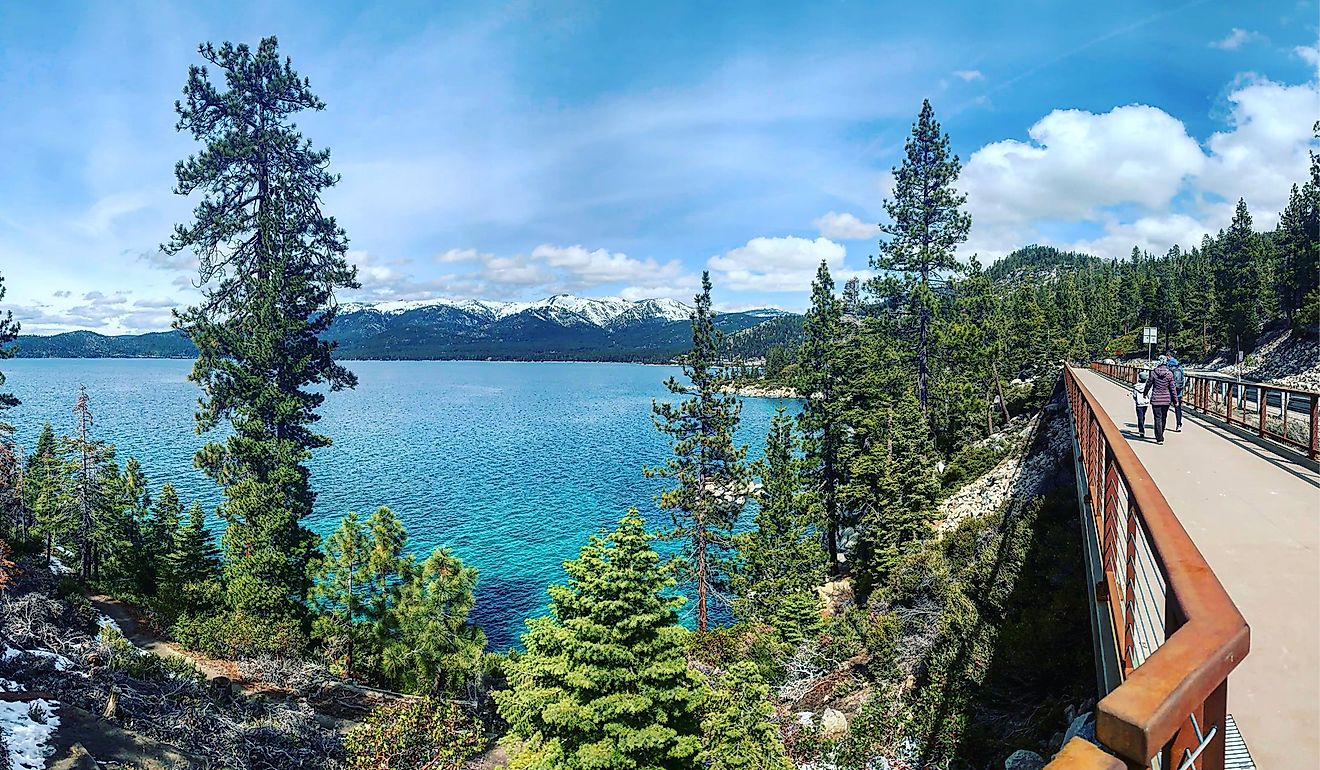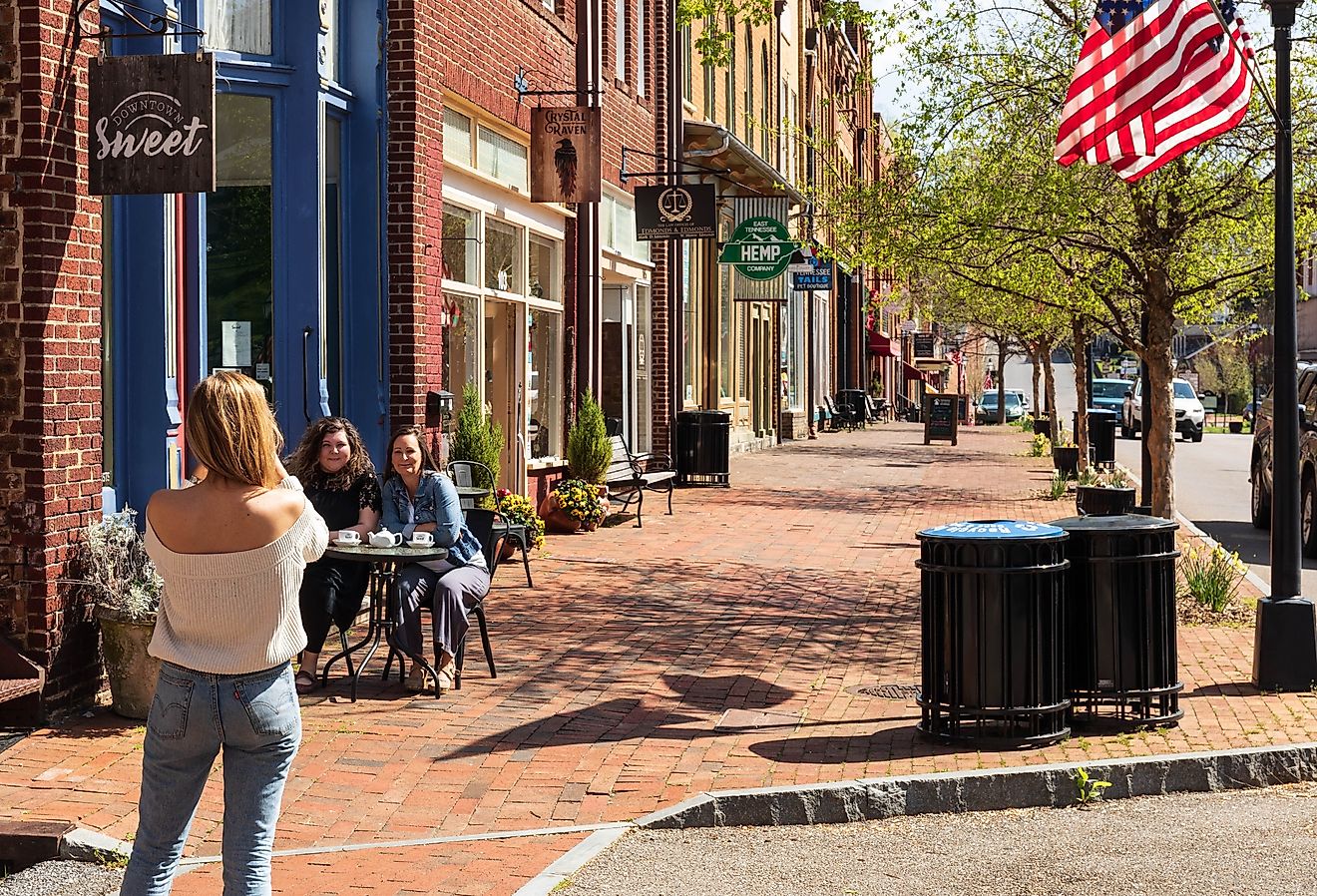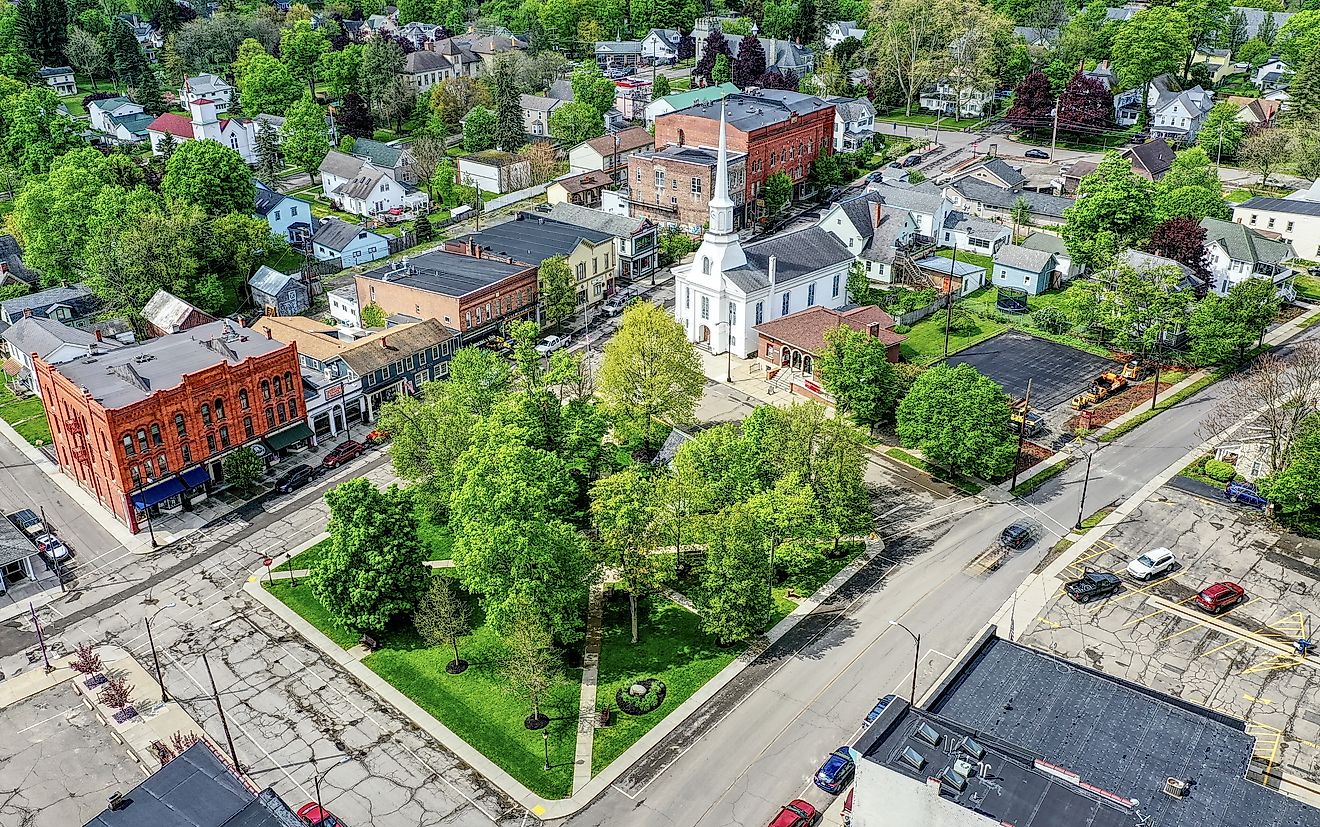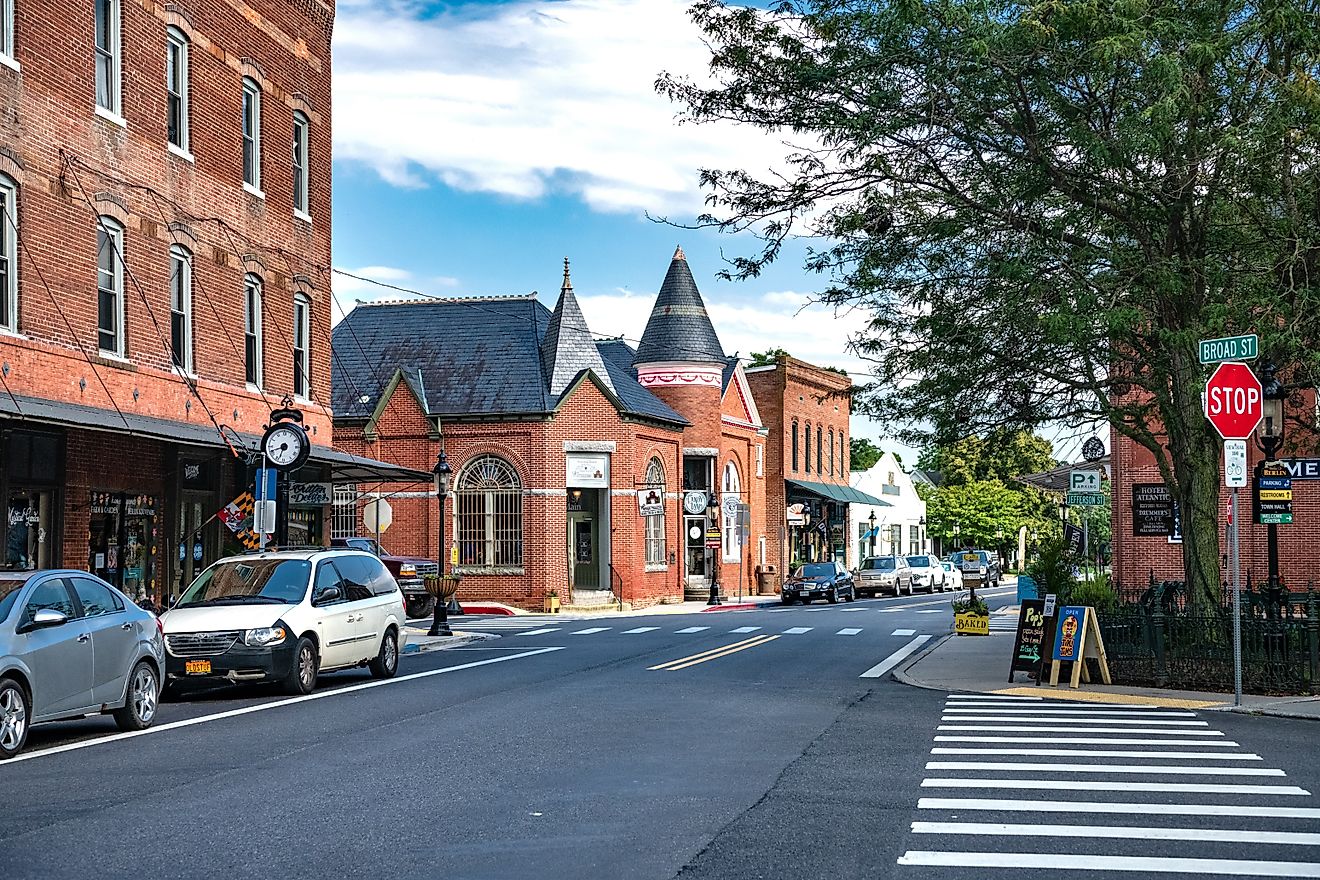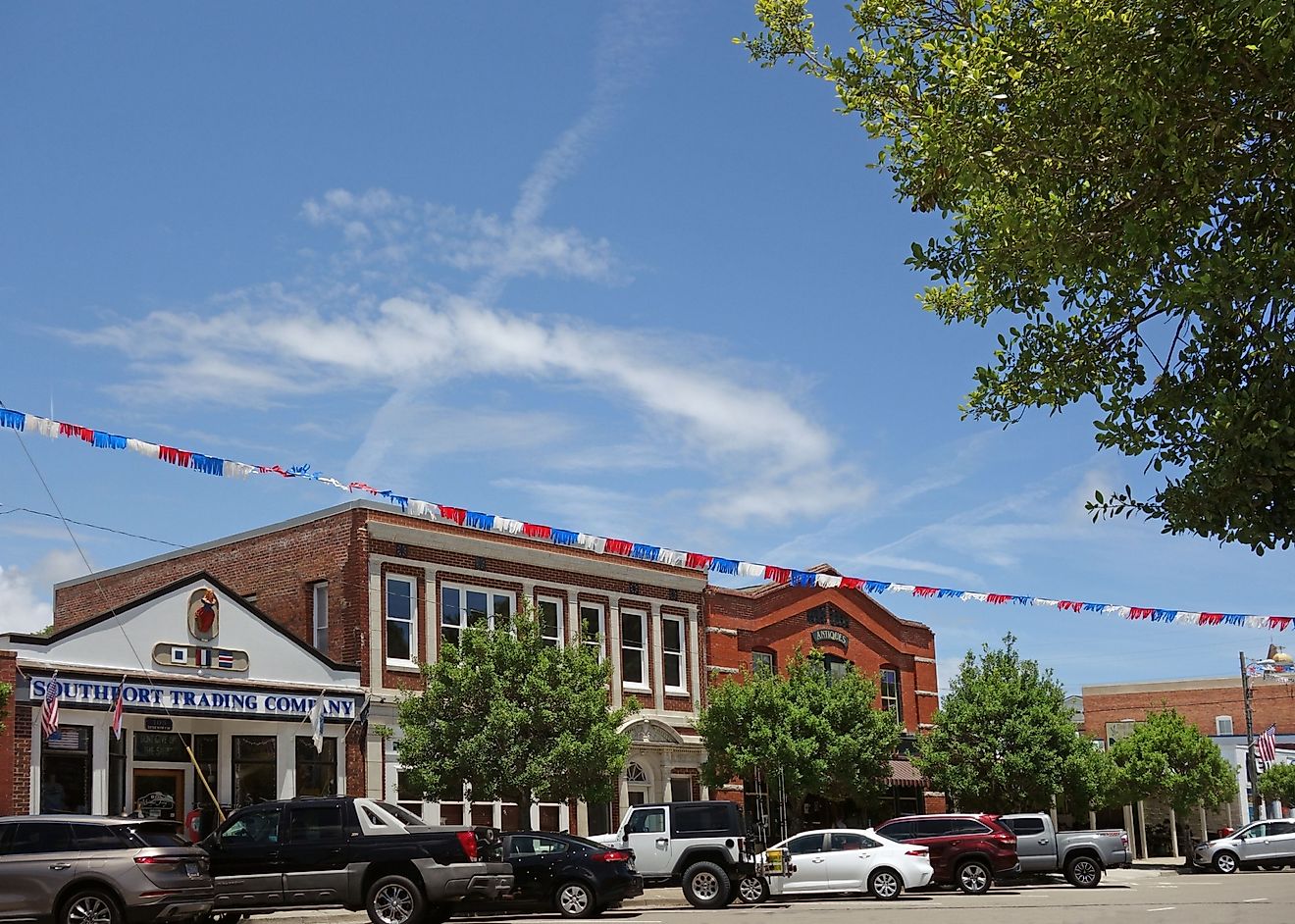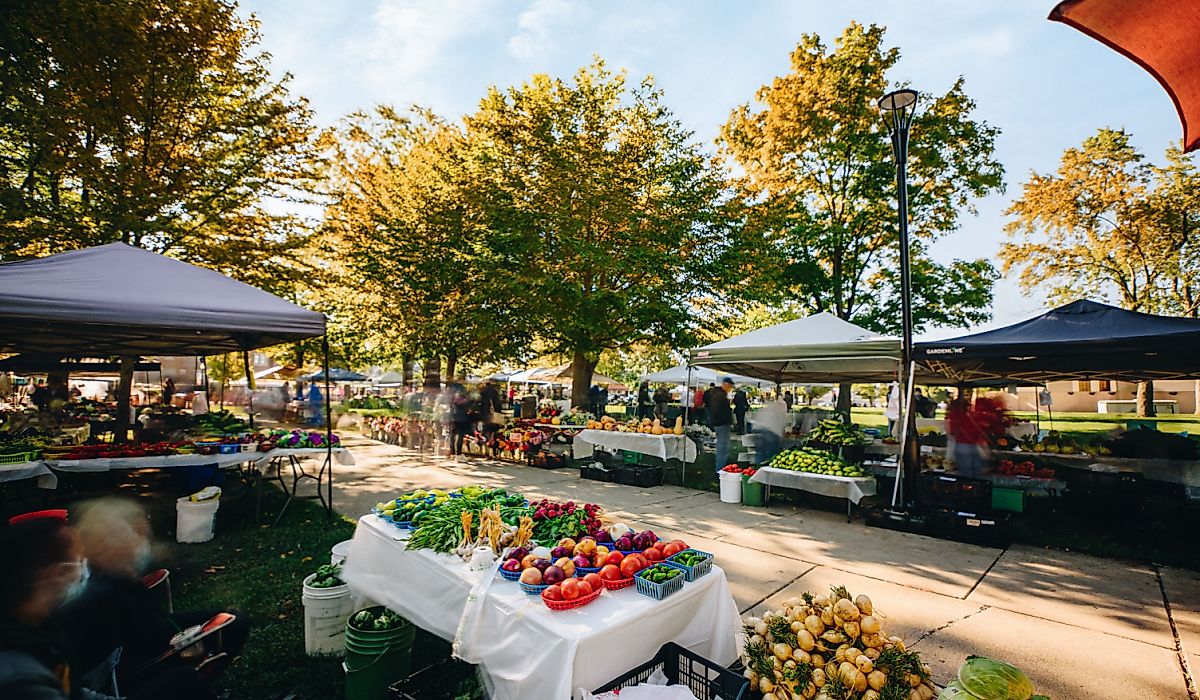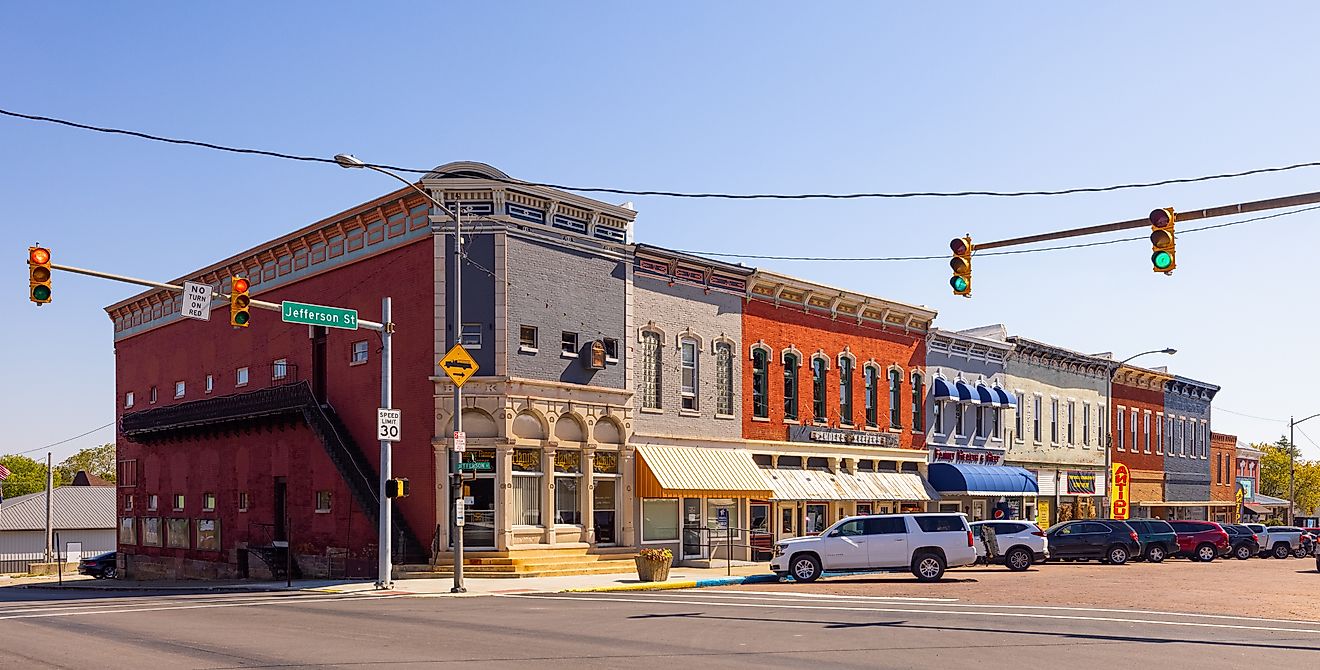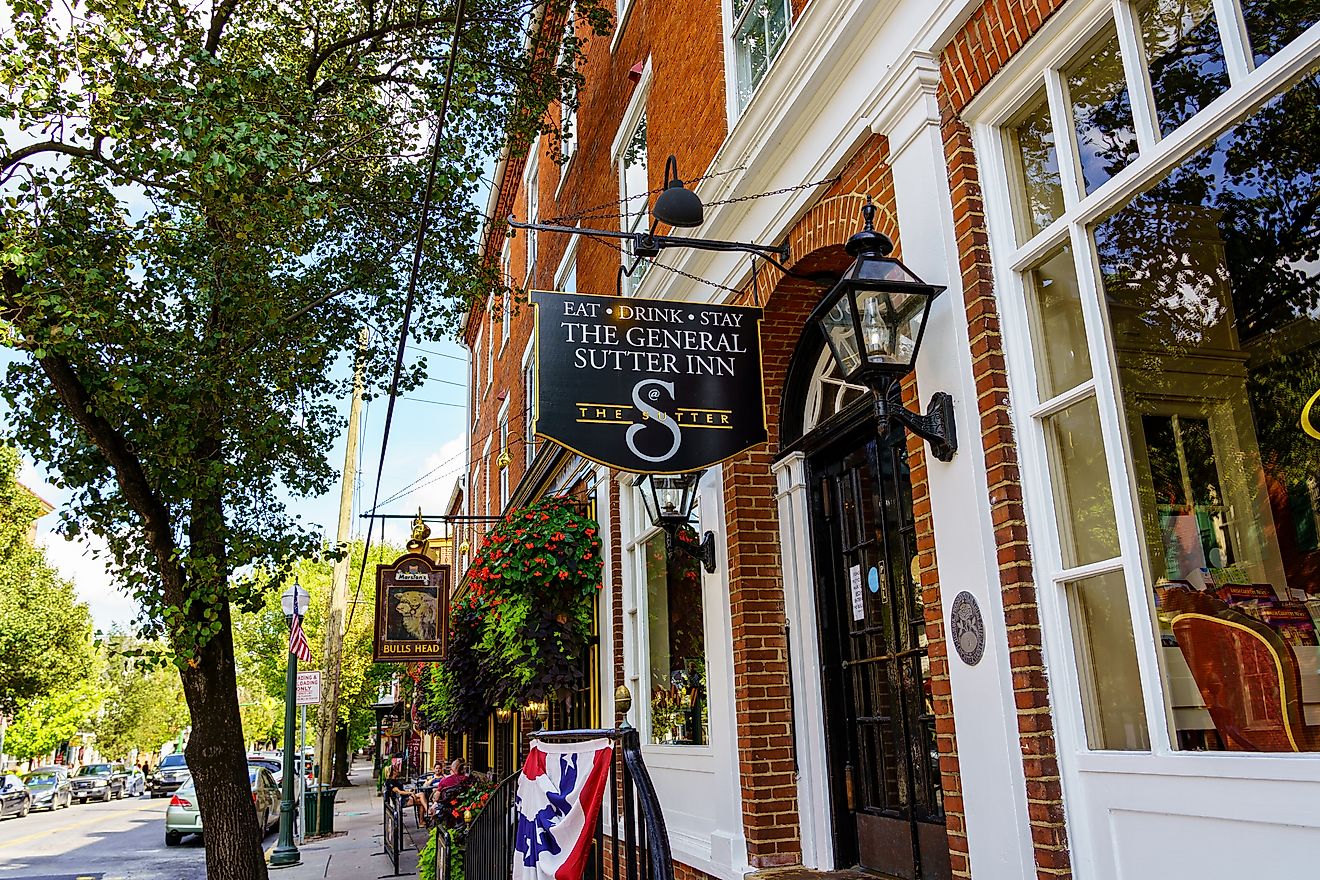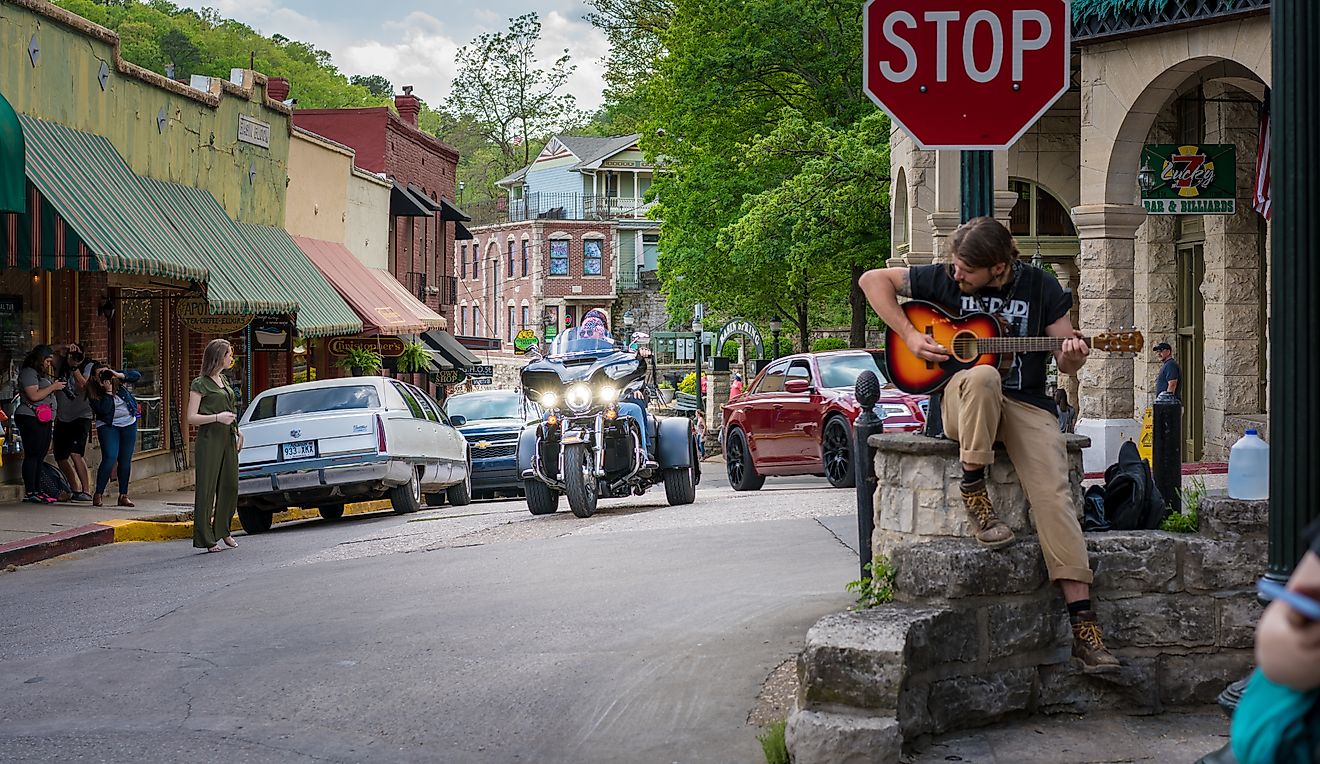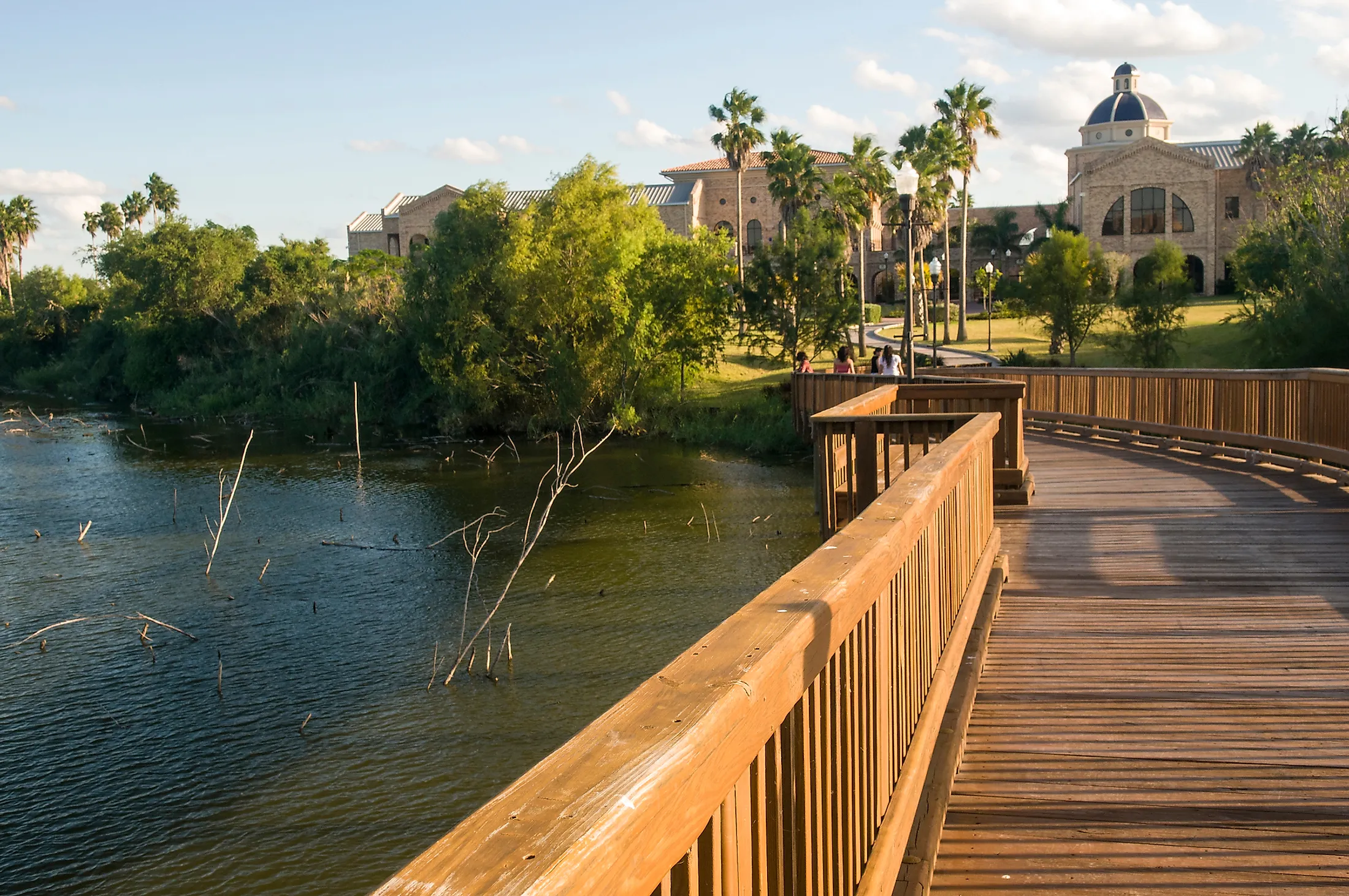
Brownsville, Texas
Brownsville is located in Cameron County, just inland from the Gulf Coast of southern Texas. The city is known for its warm climate, seaport area, and rich Hispanic culture. It has a population of roughly 183,000. The city itself was originally founded in 1848 by Charles Stillman. Stillman had established a riverboat business in the area, and its success led him to implement a more permanent settlement. The name of Brownsville comes from Fort Brown, named for Major Jacob Brown, who battled and perished in the Mexican-American war of 1846-48.
Geography And Climate Of Brownsville
Brownsville sits along the Mexican-American border and is one of the nation's southernmost cities. It has an area of roughly 220 km2 which is almost entirely land - only 9 km2 of the city is water. Overall the climate is considered subtropical—climates such as this one experience warm or mild winters and hot, humid summers. The closeness to the deserts of Chihuahua and the Gulf Coastal Plains, and the Gulf of Mexico means that the region's climate can also border on a semiarid climate. Brownsville experiences a wet season in late summer and early fall, including a storm season which tends to fall in September. At this time, tropical storms are much more prevalent.
Founding History Of Brownsville
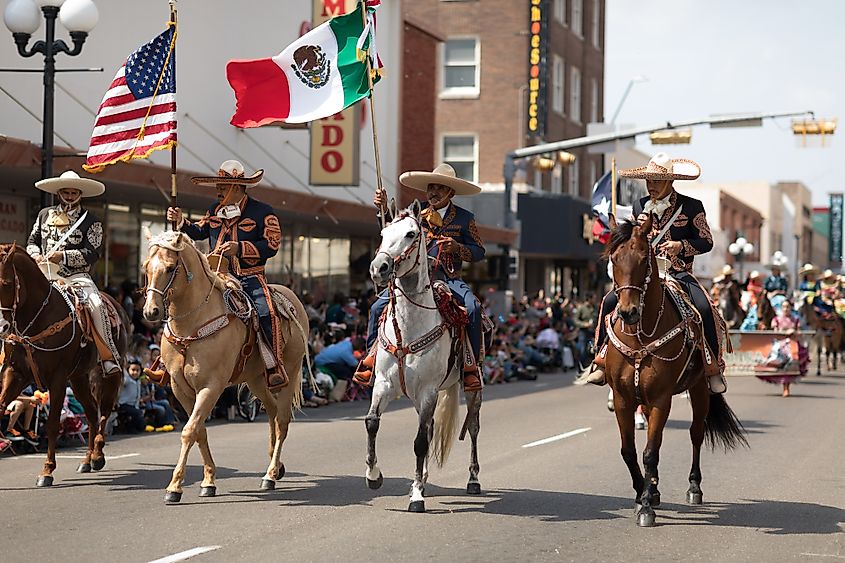
The origins of the land were ranchlands, and throughout the early 1800s, the area now known as Brownsville was most commonly referred to as Los tejidos or pasturelands. The first settlements began in 1836 once Texas declared its independence from Mexico, and the city officially became part of Texas with the Treaty of Guadalupe Hidalgo in 1848.The Mexican-American War was also prominent in this area. In 1846, American troops first caught word of Mexican soldiers crossing the Rio Grande. This event spurred American captain Seth B Thornton to investigate along with troops of soldiers. Upon arrival, he discovered Mexican General Anastasio Torrejón. Torrejon had around 1,600 cavalry and infantry troops, and he quickly overpowered Thorton, killing eleven soldiers and capturing 45 troops, including Thornton. U.S. President James Polk heard of this incident and declared war on Mexico, thus igniting the Mexican-U.S. war.
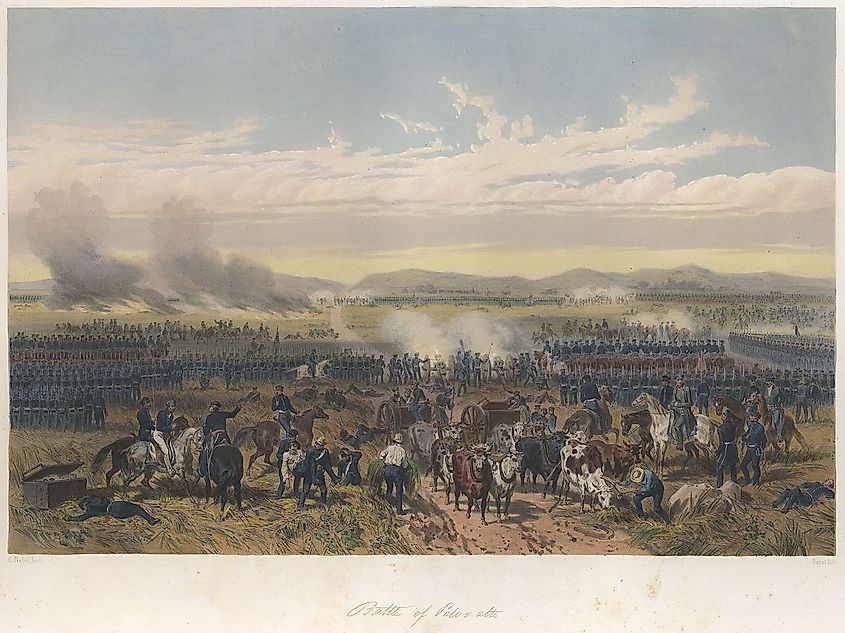
The first battle took place in Palo Alto, just under a kilometer outside the city. The following day, the Battle of Resaca de la Palma took place. This was the battle in which Major Jacob Brown died at what was then called Fort Texas. The fort was then renamed in his honor.
Brownsville also played a part in the American Civil War, as the city allowed the Confederates to smuggle goods into Mexico. The most notable was cotton, mainly due to the fact that Brownsville sat at the end of the "cotton road." Large amounts of cotton were transported across the Brownsville border to the Mexican port of Bagdad, where it could be transported to Europe.
In 1863, Union troops marched on Brownsville, resulting in the Battle of Brownsville. In 1965, the confederate army surrendered to the Union commander, including signing a document to that effect. This surrender should have ended the war. However, Union troops of color marching towards Brazos island spotted Confederate soldiers in Brownsville a few weeks later, and 34 days after the official surrender and signing of the document, the Battle of Palmito Ranch took place. This battle is generally thought to be the last battle of the American Civil War.
Concerns, Media And Controversy
Because of its location and proximity to the Mexican border, Brownsville has received much attention throughout the 21st century. Issues of immigration and border walls are often hot-button topics surrounding the city and region.In 2006, President George W. Bush signed the Secure Fence Act of 2006, which facilitated the construction of a border fence between Mexico and the United States, which ran from San Diego to the Port of Brownsville. Similarly, President Donald Trump issued Executive Order 13767, which would involve the construction of a physical wall between Mexico and the U.S., and would also have run through Brownsville.
Brownsville received more controversy due to such immigration policies introduced by former president Trump. The policy that housed illegal immigrant children separate from adults was especially problematic in Brownsville's facility Casa Padre, the largest juvenile immigration detention center in America.
Wildlife Of Brownsville
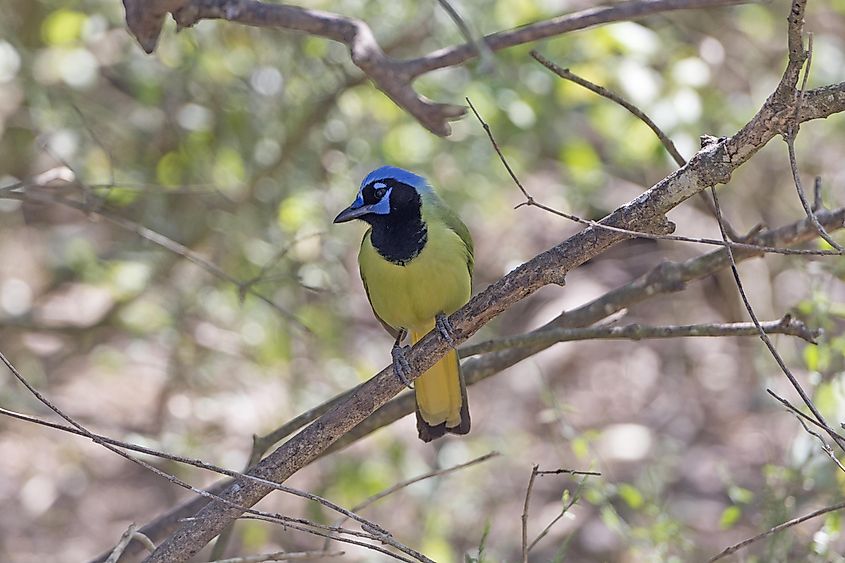
The landscape of Brownsville makes it home to a variety of animal species. Migratory birds are common here, and many specifically enjoy nesting or breeding in the oxbow lakes and riverbanks throughout the spring and fall. Southern Texas is also home to animals such as armadillos, coyotes, bobcats, badgers, white-tailed deer, and coatis, among other mammals.
Brownsville's proximity to the Gulf of Mexico also means that a range of marine life can be spotted offshore. The gulf itself is home to bottlenose and Atlantic spotted dolphins and some species of whale. Both dwarf sperm whales and pygmy sperm whales can be seen along the Texas coast. A huge range of plant life also grows in and around the city. Common species include broadleaf evergreens like palms (including the palmetto palm native to Texas). Other plants include fiddlewood, pigeonberry, texas sage, honey mesquite bush, prickly pear, and yucca.
Parks And Recreational Facilities In Brownsville
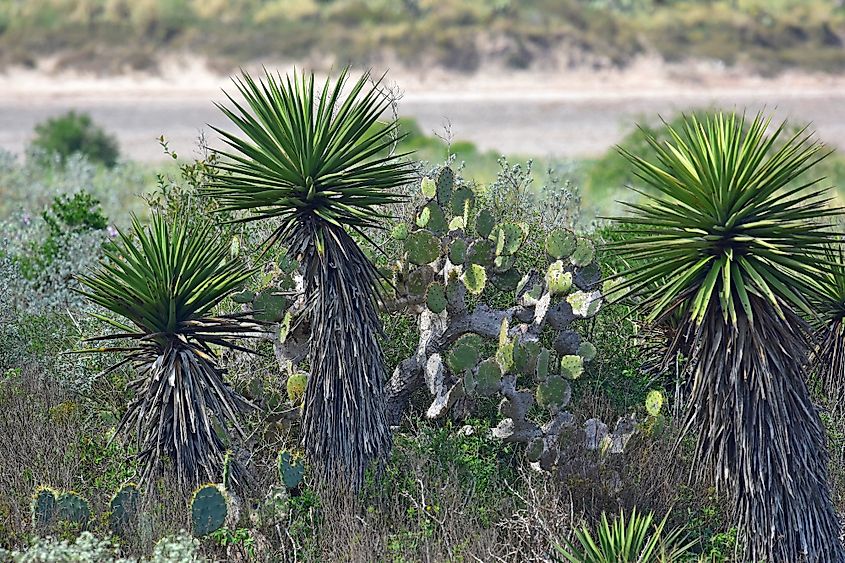
Preserving natural space is important in Brownsville, and the city has more than 30 parks and green spaces and over 50km of bike lanes. Just outside the city are a few protected areas, including the Resaca de la Palma State Park, part of the larger World Birding Center and measures around 490 ha. Nearby, the Laguna Atascosa National Wildlife Refuge is known for its endangered species, such as the Texas ocelot and Aplomado falcon. The park itself covers an area of roughly 260km2 along the gulf coast.
Other recreational facilities in the city include three gymnasiums, two public pools, and 55 athletic fields.
Attractions And Things to Do In Brownsville
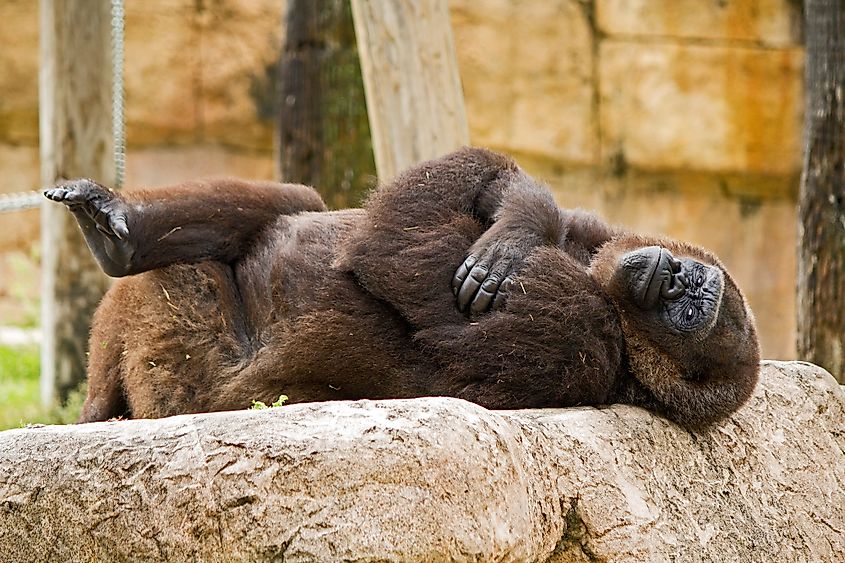
Visiting Laguna Atascosa National Wildlife Refuge is a popular thing to do when traveling to Brownsville. Still, there are several other attractions and activities to enjoy for tourists and locals alike. The Gladys Porter Zoo is popular and a great way to see both native and exotic wildlife up close. The zoo features more than 350 different species and an aquarium.
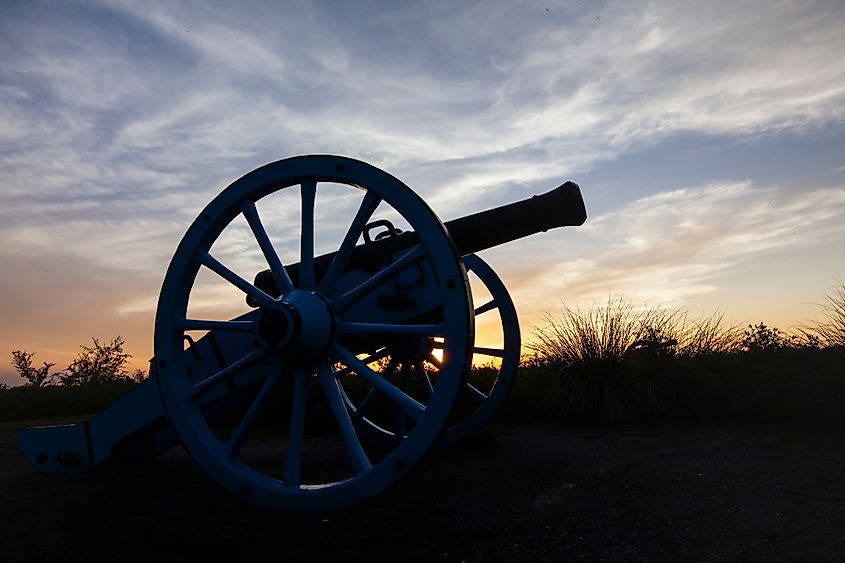
Palo Alto Battlefield National Historic Park is also a great place to visit. It dates back to 1846 and is an important landmark in American history. It marks the battle of Palo Alto, which was the first major conflict between the Mexicans and Americans. The American victory during this border dispute led to the U.S. invasion of Mexico. Brownsville also has the Alice Wilson Hope Park, which includes the marker for the beginning of the historic Chisholm Trail.The city also has many museums that celebrate the rich history of the area. These include the Historic Brownsville Museum, Brownsville Children's Museum, Stillman House Museum, the Heritage Museum, the Costumes of Americas Museum, and the Brownsville Museum of Fine Art. Brownsville's rich history and proximity to the Mexican border give it a strong sense of culture and heritage which can be seen and explored throughout this vibrant place.

